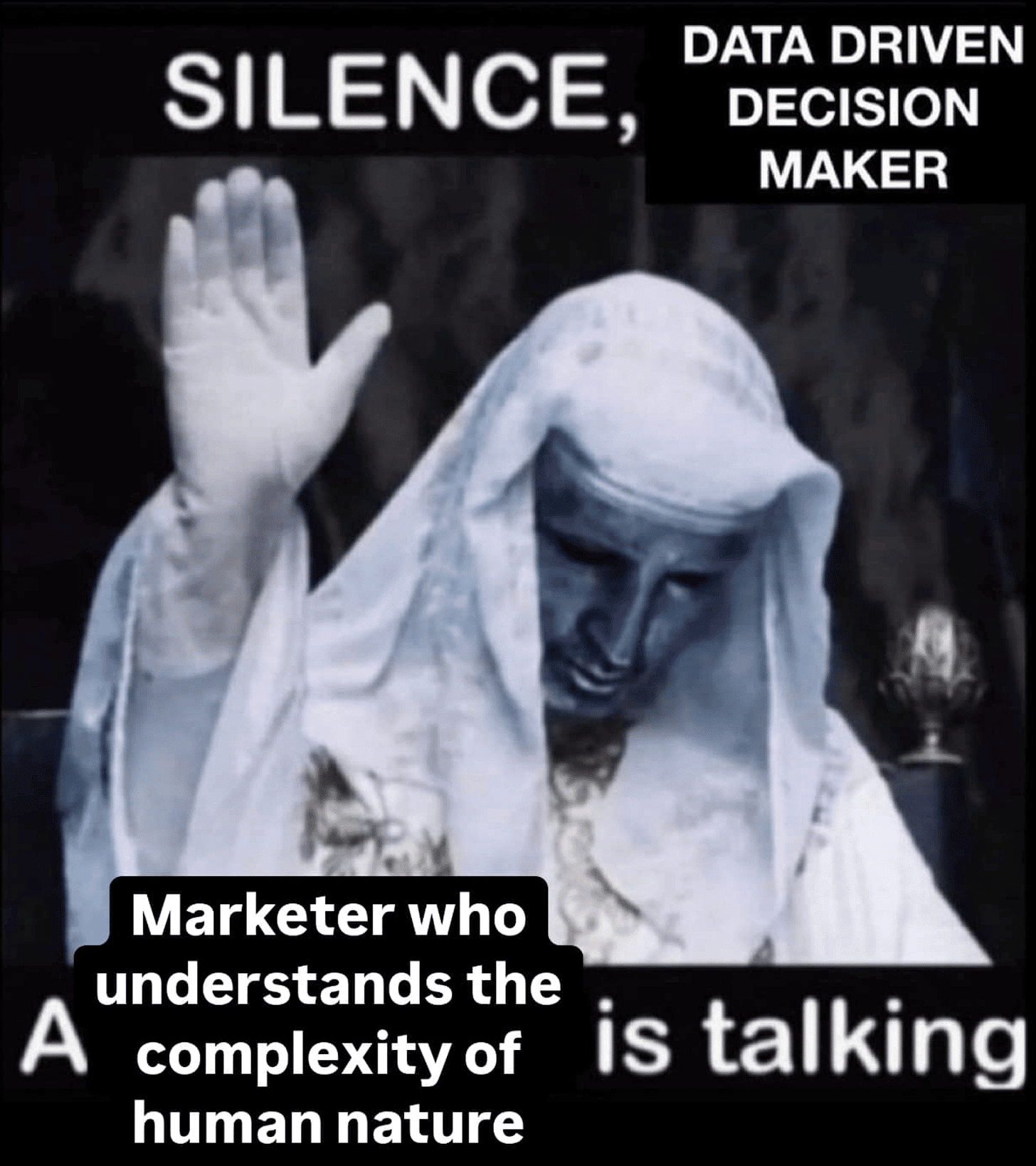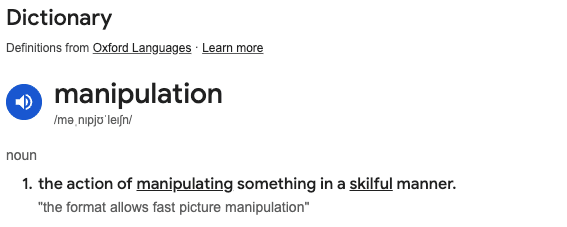Learn How To Sell Beliefs & Be Rich & Free Forever
A short story...
Hey friend,
I spend a lot of time studying the best marketers in my industry, as well as those whose marketing had a profound impact on me.
The marketing that works well on me will also work well on everyone else as we are all archetypes whether we believe it or not...
It's never necessarily the people with the 'best offers' or the 'lowest prices' or the 'biggest followings'.
Those who know how to market successfully have the ability to shift key beliefs in their audience's minds.
This observation changed how I approach marketing completely - both for my own offer and for my client's offers.
Most businesses focus on selling FEATURES when they need to sell BELIEFS.
Every single buying decision you've ever made wasn't based on the product itself - reality is only important for fulfilment.
It was based on what you BELIEVED and PERCEIVED to be true about:
The problem they presented
The solution to solve it
Why now is the right time
Why you are able to achieve this outcome as well
This won't come to you straight away, nor did it for me.
But once you understand this, marketing becomes less about gimmicky and basic 'persuasion tactics' and more about ethical belief engineering.
The Invisible Force Behind Every Purchase
Let's dive deep into the psychology behind why people buy (or don't buy).
And after helping generate over £650,000 for clients through webinars, I've noticed something critical:
Your market's beliefs are the invisible force field standing between them and your solution.
When someone doesn't buy from you, it's rarely because:
Your price is too high
Your features aren't good enough
Your bonuses aren't attractive
It's almost always because you haven't shifted a critical belief that's blocking the sale.
The invisible force is intangible.
It cannot be found in a copywriting course.
Copywriting isn't about a checklist of pain points to include or things to say.
It's about hearing and understanding what the market you are trying to reach THINKS about a subject right now, and changing their thought process to help them see that their current frame is not serving them.
The Ethical Manipulation Framework
Now, I know "manipulation" is a loaded word and has negative connotations.
A chef manipulates ingredients to make a great meal for you when you go to a restaurant.
All marketing is manipulation.
You're attempting to change someone's current state (not buying) to a new state (buying).
The question isn't WHETHER you're manipulating - it's whether you're doing it ethically.
Here's my 3-part framework for ethical belief manipulation:
1. Start with truth
Whatever belief you're trying to instil must be something that is genuinely true, but your target customers have yet to realise it.
If you're selling snake oil, no fancy belief engineering will save your soul. God will judge you for your actions.
2. Focus on beliefs that LIBERATE, not limit
The most powerful belief shifts are ones that expand what someone thinks is possible for themselves.
Never try to make someone feel more limited or less capable.
Help them to see that the reason they haven't been seeing success in {X AREA} is because they have been doing {X ACTION}, and that it's not their fault because they just didn't know that what they were doing was wrong.
3. Respect their right to choose
Even as you're artfully shifting beliefs, always respect that the final decision belongs to them.
No pressure, no false scarcity, no manufactured urgency.
Help them to see their limiting beliefs and limiting actions, and let them choose whether they are going to keep doing things that way or change their ways.
When you follow these three principles, manipulation becomes something beautiful - you're helping people overcome limiting beliefs that have been holding them back.
The 5 Core Beliefs That Drive Purchases
Through studying successful marketing campaigns, I've identified five core beliefs that determine whether someone buys:
1. The "It's Possible" Belief
Before anything else, people need to believe the outcome you're promising is actually achievable for THEM.
This is why testimonials and case studies work so well - they're belief-building machines.
Present your market with examples that your solution has worked well for you or people just like them.
2. The "It's Worth It" Belief
Your prospect needs to believe the value they'll receive far exceeds the cost (monetary and otherwise).
3. The "It's Safe" Belief
People need to believe they won't be scammed, disappointed, or made to look foolish.
This is why we have guarantees and offers.
4. The "It's Urgent" Belief
They need to believe that acting NOW is meaningful and necessary.
5. The "I'm Capable" Belief
Perhaps most importantly, they need to believe THEY are capable of successfully using your solution.
The real magic happens when you address all five beliefs in your marketing.
Ethical Belief Engineering in Action
Here's how I approach shifting beliefs without crossing ethical lines:
Technique #1: The Expert Reframe
Position yourself as the expert who's discovered why their previous attempts failed - not because of any flaw in them, but because they were following an outdated model.
Technique #2: The Perspective Shift
Help them see their situation from a completely different angle. The problems they think they have often aren't their real problems.
Technique #3: The Possibility Bridge
Create a clear, believable path from where they are to where they want to be.
Break down the journey into such manageable steps that disbelief melts away.
Don't skip steps and tell them the end goal - show them where they will be in a month, 6 months and a year.
Technique #4: The Strategic Revelation
Reveal information in a specific sequence designed to gradually shift their worldview. Some truths need a runway before they can land.
The Ethical Line
Now, let's address the elephant in the room...
Where's the line between ethical belief shifting and manipulation?
Here's my litmus test:
If your solution genuinely delivers what you promise, belief shifting is ethical.
If the new belief serves them beyond just buying your product, it's ethical.
If you'd be comfortable with someone selling your solution to your loved ones, it's ethical.
I've seen companies cross this line repeatedly, and it never ends well - not for their customers, and eventually not for their business either.
Your Belief-Shifting Action Plan
If you want to start implementing ethical belief engineering in your marketing:
Identify the current beliefs your market holds about their problem, potential solutions, and themselves
Determine which specific beliefs are blocking the sale
Craft messaging that specifically targets and shifts those blocking beliefs
Test different belief-shifting approaches to find what resonates most
Because here's what I know for sure:
The businesses that understand belief-shifting will always outperform those focused on feature-selling.
And the best part?
When done ethically, everyone wins.
Your customers get transformation.
You get sales.
The world gets better.
To moving beliefs (and making sales),
Charlie McCormack




